Identify woodland birds on the go
Keep our pocket-sized identification guide to hand on your next walk.
Buy yours now
Digital content editor
Springtime is filled with plenty of highlights, not least the burst of birdsong that erupts as the days get longer. But as a beginner, how can you tell your robins from your blackbirds and your chiffchaffs from your chaffinches? Here you'll find the songs and calls of 11 of our most familiar songsters to help you identify the key voices when the dawn chorus hits its crescendo.
A silvery, crystal song that becomes more wistful during the winter months.
Produces a rapid, urgent 'tic' call when alarmed.
Can be heard all year round, but especially at dusk. Artificial lighting can encourage it to sing long into the evening.
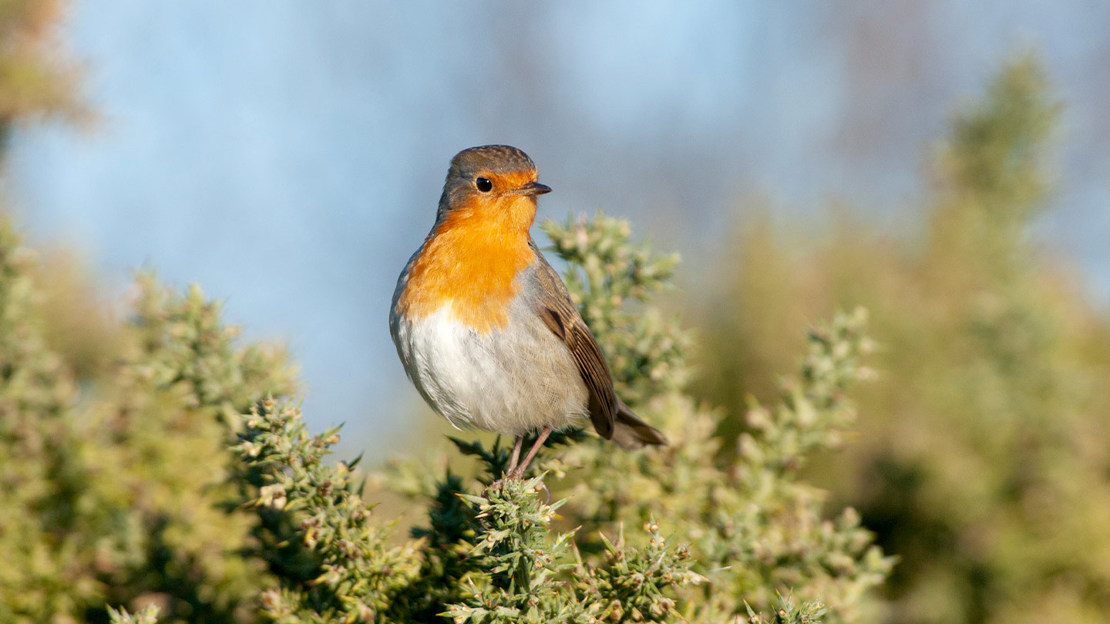
Clear and repetitive 'tea-cher, tea-cher, tea-cher'.
Has a range of calls that can be difficult even for seasoned birdwatchers to identify.
Begins singing in early spring as buds begin to burst.
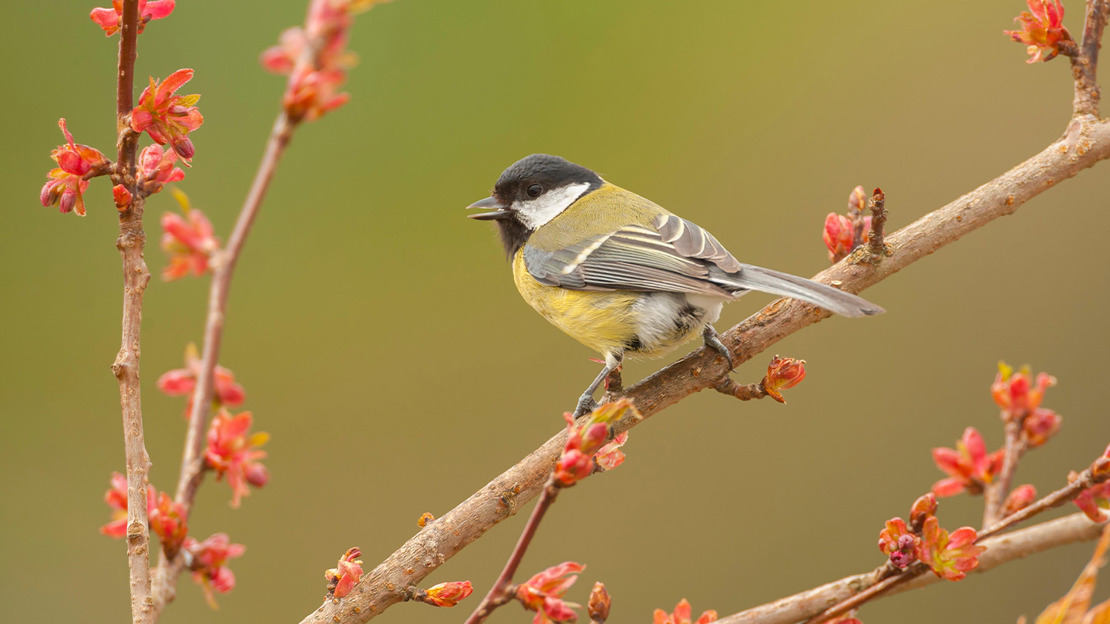
A loud burst of song with consistent phrases, including a tell-tale machine gun rattle towards the end.
A loud, rapid 'tititic' when alarmed.
Can be heard all year round but especially in spring.
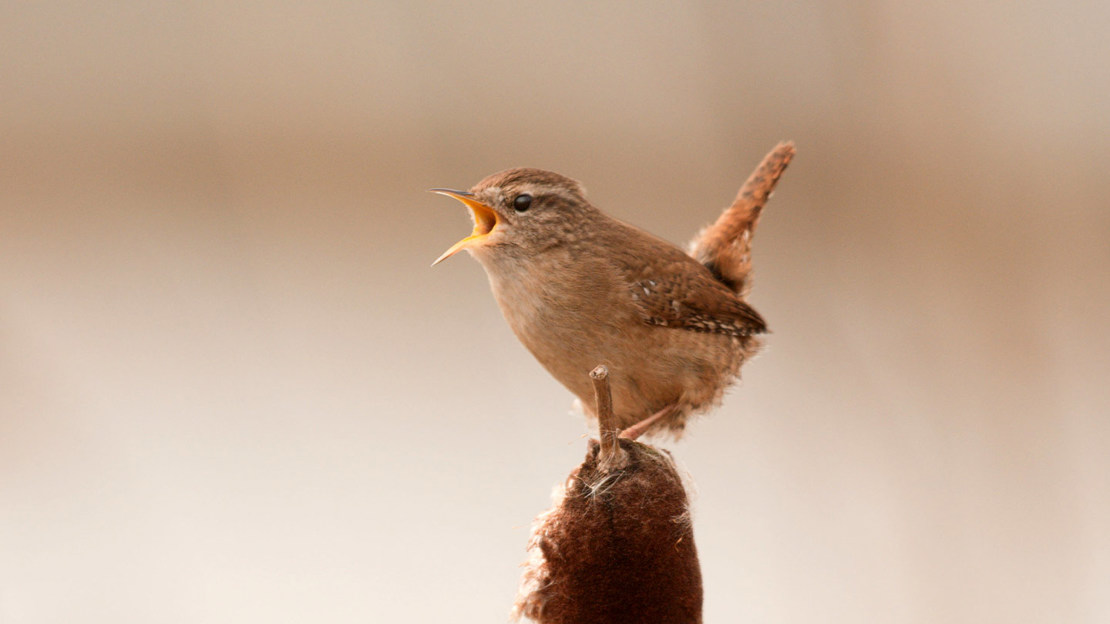
Keep our pocket-sized identification guide to hand on your next walk.
Buy yours nowSays its name with a lively, repeated 'chiff-chaff, chiff-chaff, chiff-chiff-chaff'.
Contact calls between pairs are short 'it' sounds.
Begins singing as early as February after returning to the UK on migration.
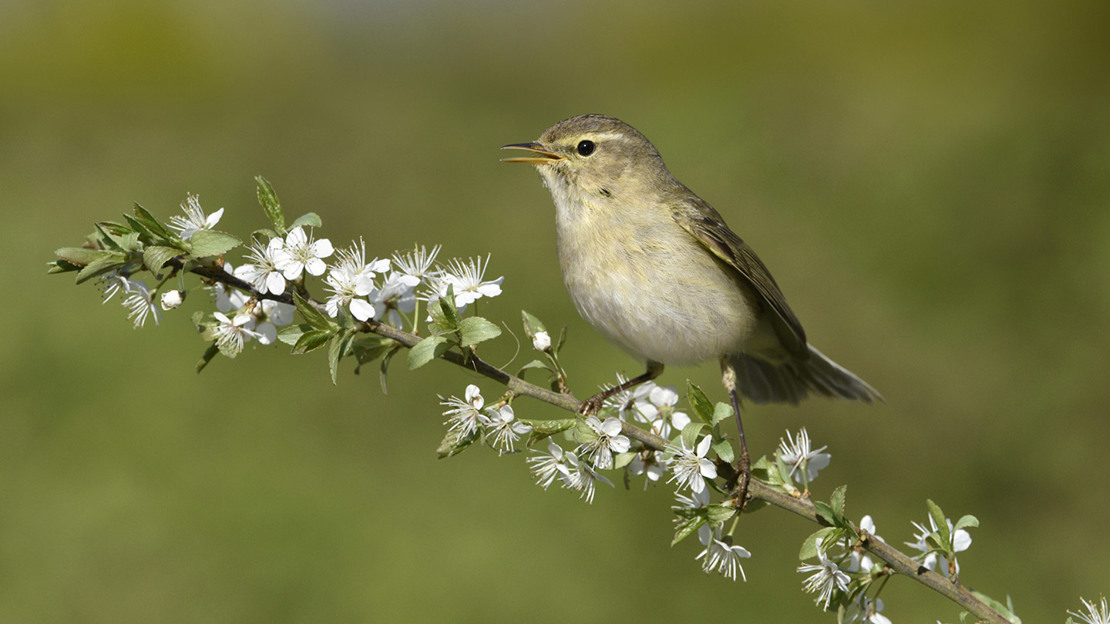
A melancholy, descending song of falling notes.
Soft 'hoo-eet' sound.
Listen for them from late March and early April once they've returned from sub-Saharan Africa.
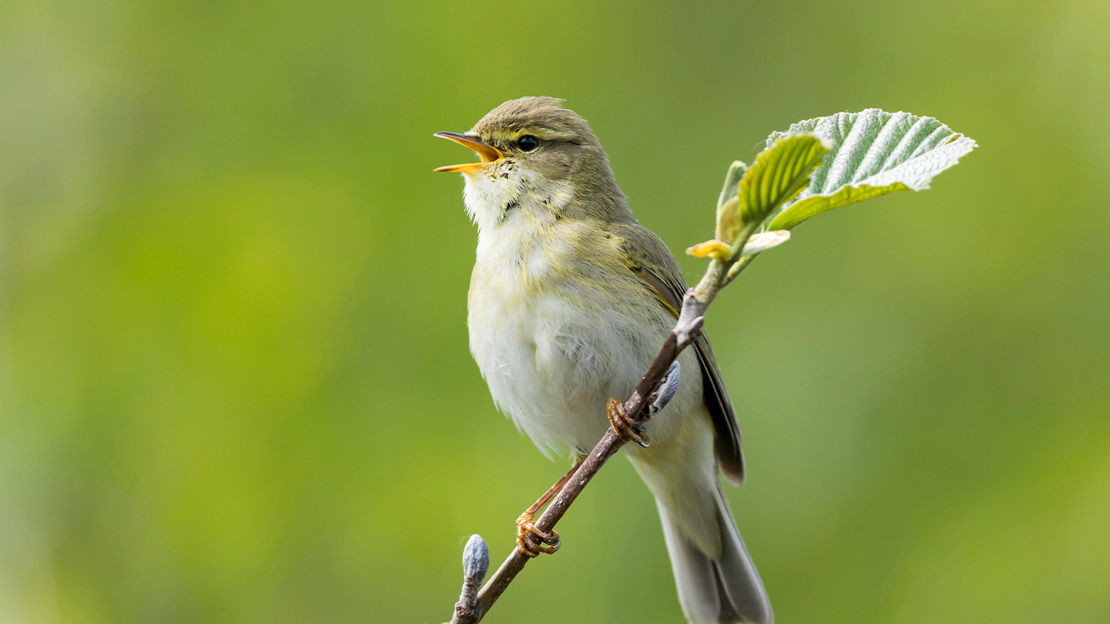
Short and fast descending song that ends with 'diddieoo', or repetitive, insistent single notes known as the chaffinch's rain song.
Contact call is an abrupt 'pink, pink' sound.
Can be heard throughout spring and summer.
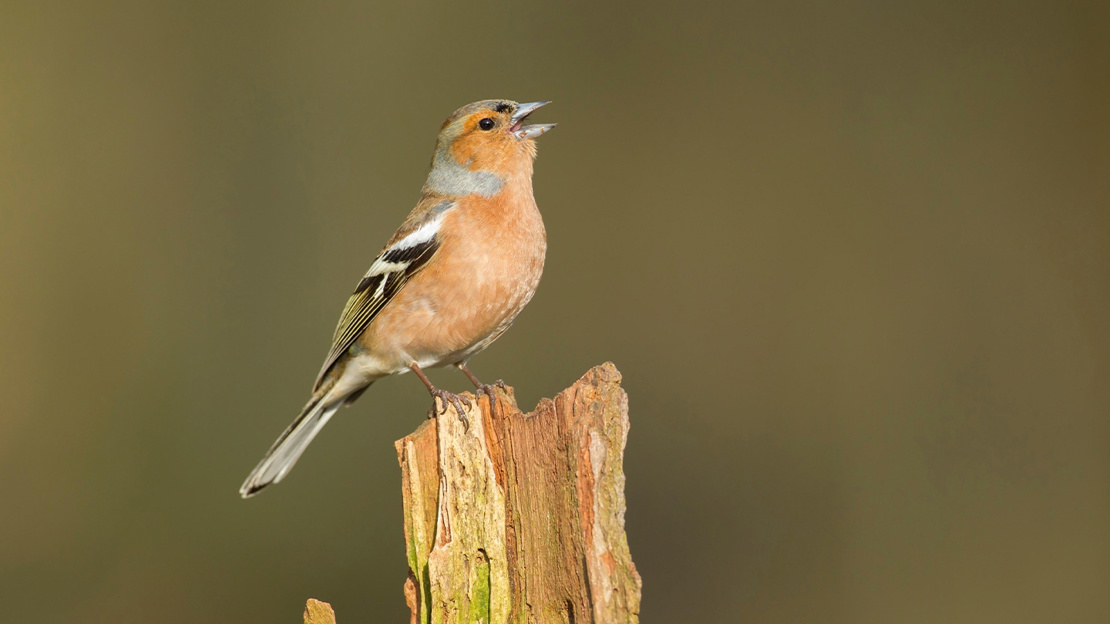
Rich and mellow with a languid pace and short pauses between phrases.
Scolding, harsh outburst when alarmed and often delivered in flight.
Typically heard on long summer evenings.
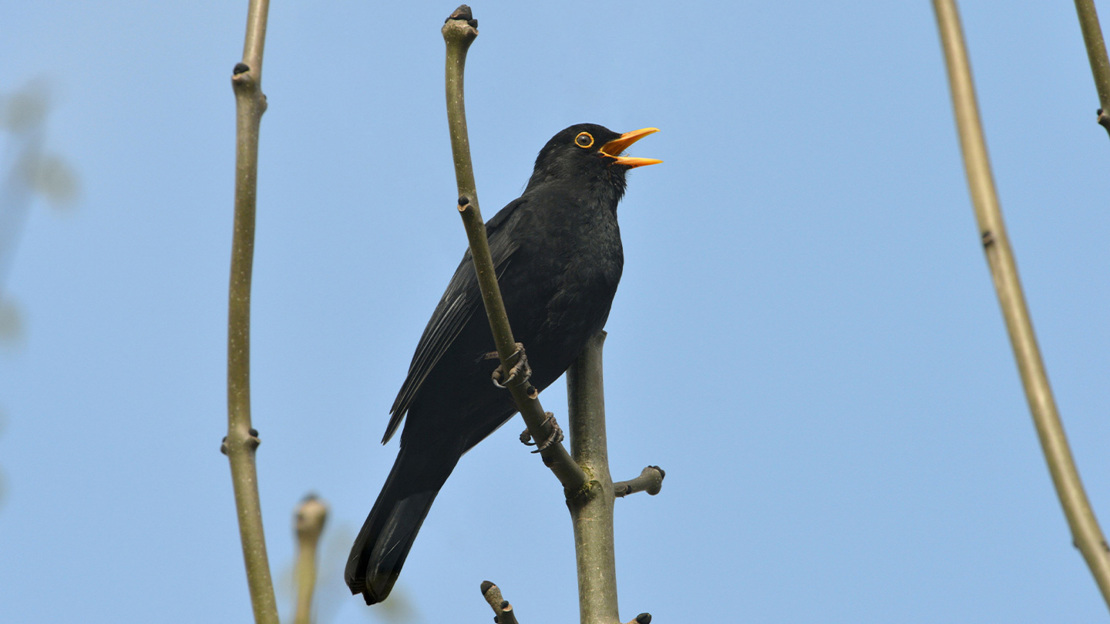
Variety of short, high-pitched phrases, usually repeated two or three times in quick succession.
Flight call is a sharp 'tsip'.
Males begin singing as early as January, particularly in early morning.
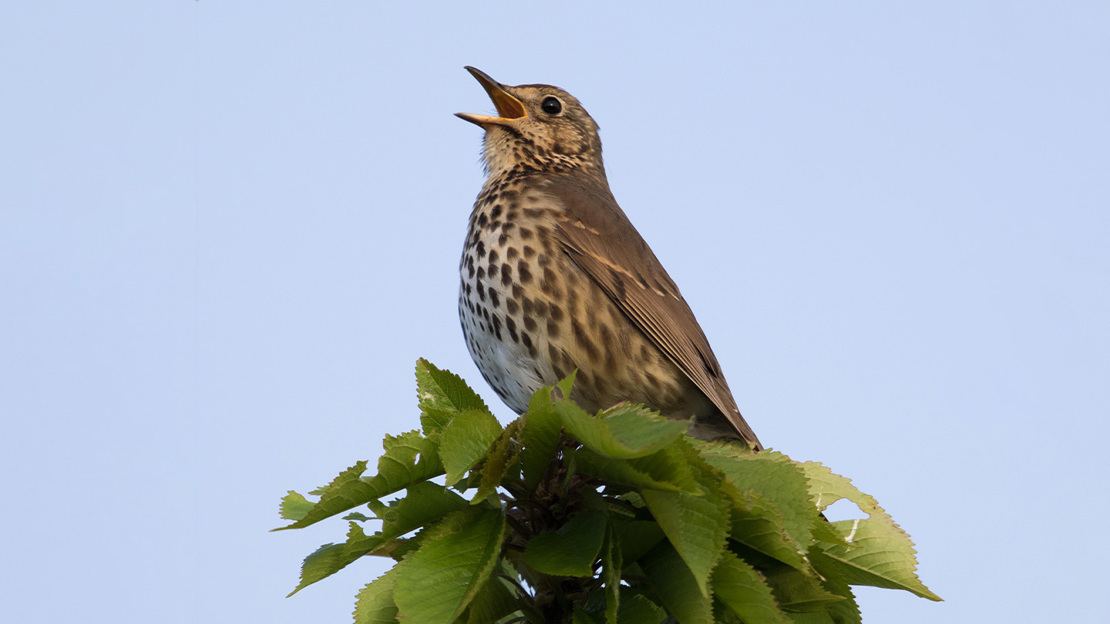
A loud and rapid 'twit-twit-twit-twit' or slower 'sirr-sirr-sirr'.
Series of harsh sounds much like the song but which come closer together when excited.
Can be heard throughout the year.
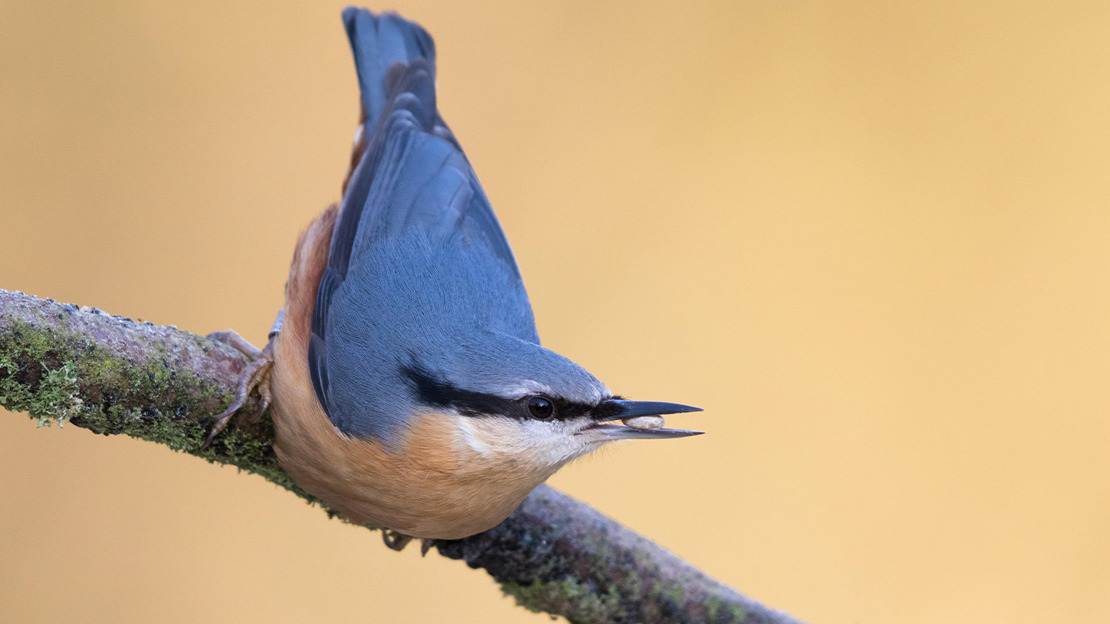
Light and twittery song with delicate phrases.
Produces various calls, some fluttery and others shrill, particularly when travelling in groups.
Listen for them from late April.
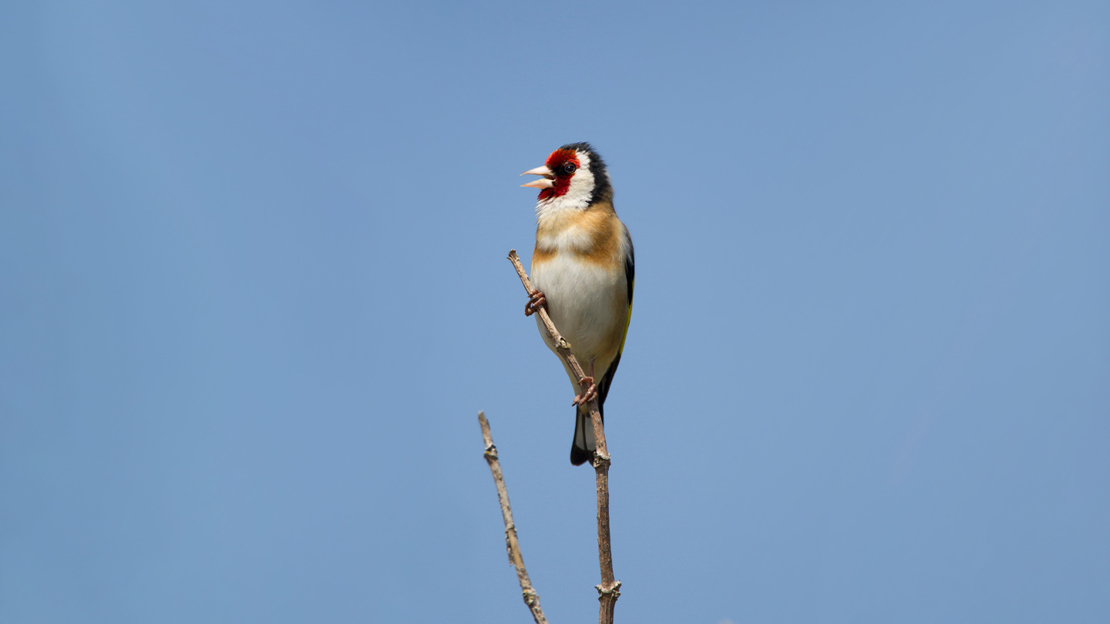
Building notes that fall suddenly away in a wheeze, famously said to sound like 'little-bit-of-bread-and-no-cheeeeese'.
Various, including 'twick' sounds and a thin 'see' when alarmed.
Heard singing from hedgerows throughout spring and summer.
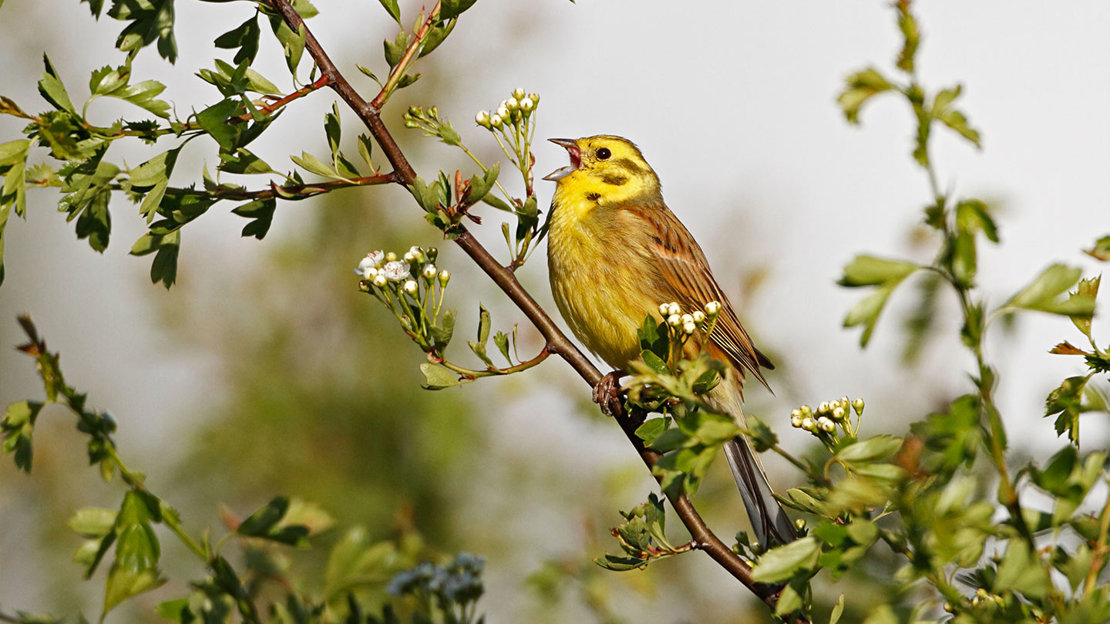
It’s well known that male birds sing to attract a mate and defend their territories, but what about female birds?
While both males and females make calls – such as warning calls when they’re alarmed – it was thought that only male birds had the ability to sing. But now we know that this isn’t the case.
Female birds sing too, albeit more quietly and less often, and use their song in a similar way to males: competing for food and other resources, to defend territory and to communicate with their mates and chicks.
This is particularly true of some of our most common songbirds. Both male and female robins will sing during autumn, paired female dunnocks will use their song to assert their dominance with their mates, and female wrens sing softly to their chicks.
So female birds do sing – at least some of them do some of the time.
Keep our pocket-sized identification guide to hand on your next walk.
Buy yours now